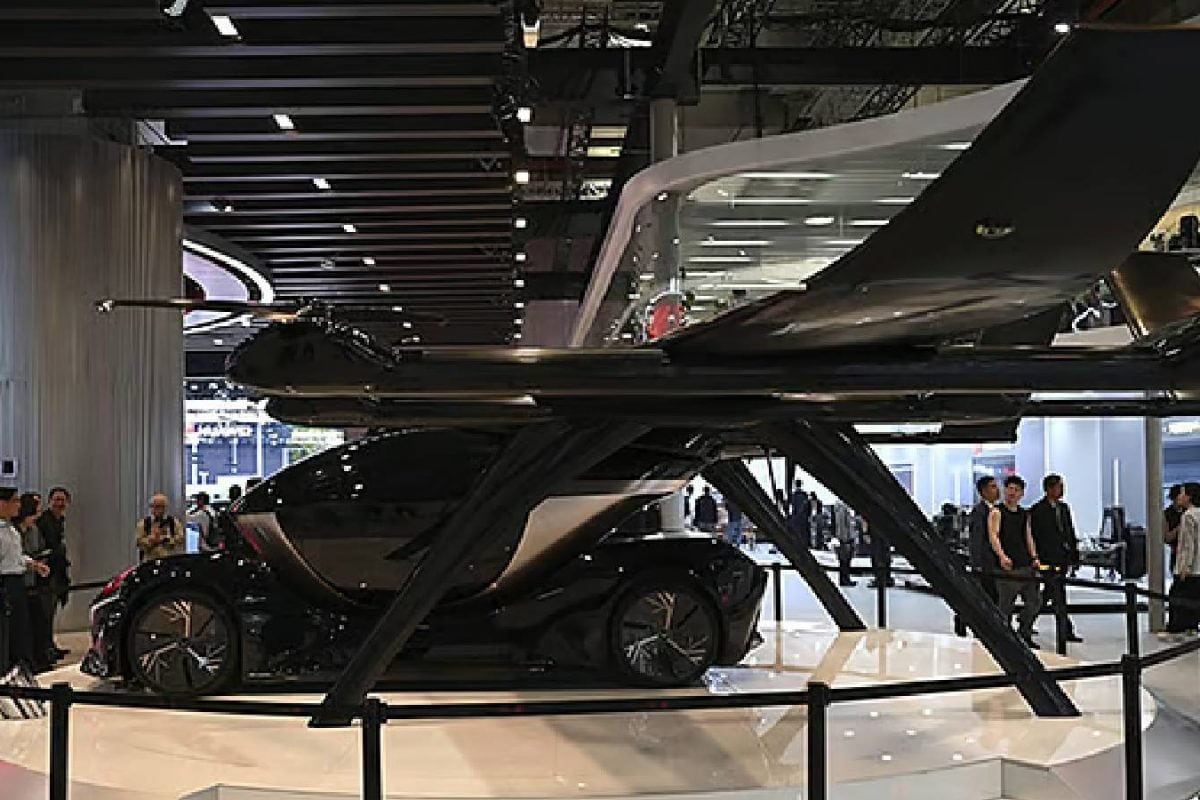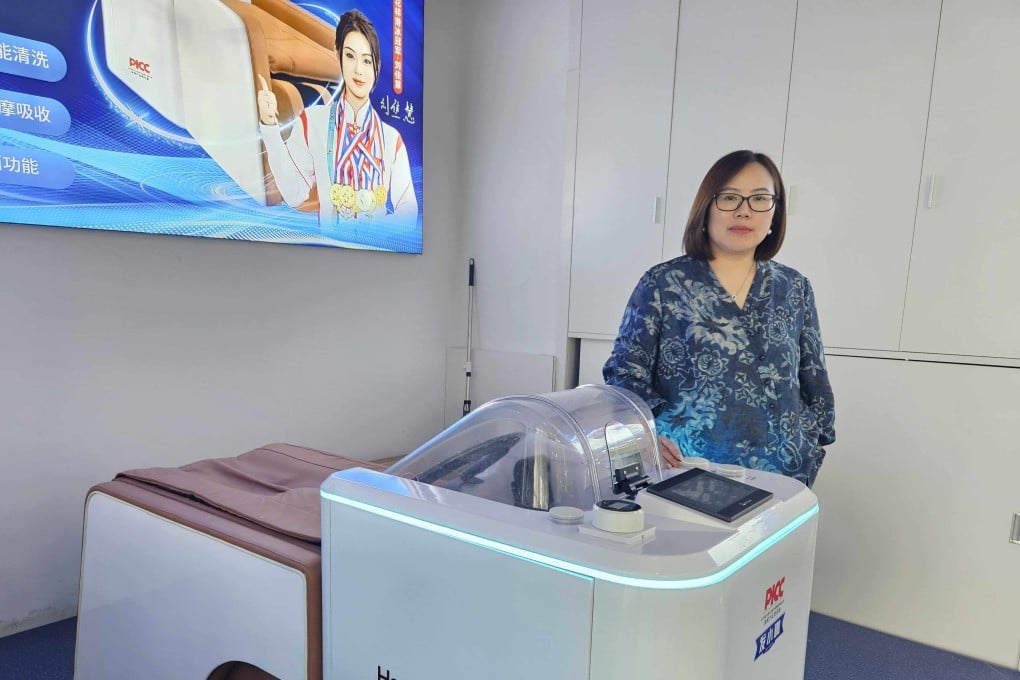At the Auto Shanghai show, people waited to take seats in opulent minivans with reclining back seats and chrome radiator grilles. At this year’s Auto Shanghai, the spotlight shifted from powerful engines to futuristic passenger comfort and cutting-edge technology. The event, which kicked off on April 23, showcased the latest in advanced car features—from massive screens and luxurious massage seats to the dream of flying taxis.
Chinese carmakers are attempting to appeal to hyperconnected consumers in the face of intense competition by installing screens up to 65 inches wide at the front of each passenger, in the doors, in the sun visors, or even on the car’s bonnet. In the meantime, younger customers who currently have no trouble connecting their phones to their cars are the target of electronics behemoths Xiaomi and Huawei. Volkswagen’s China-focused brand, AUDI, which is purposefully stylised in capital letters, has released its first vehicle with a screen that takes up the entire dashboard to compete with its Chinese rivals.

In addition, singing karaoke or watching videos can be done on the screens when they are immobile. And except for emergencies, modern driving systems promise to get users from point A to point B without requiring them to touch the steering wheel. “With the proliferation of intelligent driving, cars will no longer be viewed solely as transportation tools, but will truly become a ‘second living space," in a 2025 research on the preferences of Chinese auto consumers, consulting company McKinsey stated, as per Hindustan Times.
European carmakers claim that Chinese consumers value interior comfort more than consumers in other regions. At Auto Shanghai, visitors waited in line to take seats in opulent minivans with reclining back seats and chrome radiator grilles. In an attempt to entice future executives, Mercedes showed the Vision V, a prototype of their next-generation luxury electric minivan, which features aluminium seats, wood and silk trim, and a foldable cinema screen.
McKinsey claims that luxury equipment like refrigerators, TVs, and reclining seats are very popular in China, as are high-end suspension and rear-wheel steering that improve driving comfort. “As vehicle prices increase, so does consumer demand for these features, along with a growing willingness to pay extra" to have them, the consultancy stated. Chinese carmaker Nio used passengers bouncing around inside its cars on April 25 to show off how well the suspension worked.
Others are using more conventional methods. For example, the French equipment firm Forvia offers a seat that pinches and pricks its user. According to Zong Li, the innovation manager at the company’s booth, the seat was “inspired by traditional Chinese and Thai massages" and is anticipated to be fitted in a Chinese car this year.
In other places, several flying taxis propelled by propellers loomed over other vehicles. Currently at the prototype stage, the electric vertical take-off and landing (eVTOL) technology eventually hopes to transport multiple passengers at once. The top battery manufacturer in the world, CATL, unveiled their eVTOL concept shortly after declaring that it had invested “hundreds of millions of dollars" in the Chinese startup AutoFlight.
Even Hongqi, a traditional manufacturer known for providing Xi Jinping, the leader of China, with limousines, unveiled its idea for a “flying car" that can carry two people. It claimed an untested range of 200 kilometres (124 miles) before tests were set for this year..
Technology

Auto Shanghai 2025: Massive Screens, Massage Seats And Flying Taxis Stole The Show

At the Auto Shanghai show, people waited to take seats in opulent minivans with reclining back seats and chrome radiator grilles.















